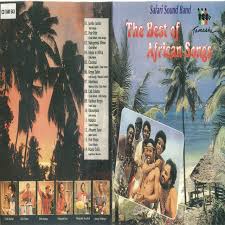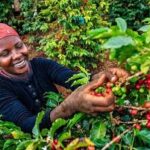Kenya’s vast savannah is not just home to wildlife—it is alive with the music of the savannah. From the rhythmic drumbeats to soulful songs, the sounds tell stories of people, culture, and the environment. For centuries, these melodies have connected communities and preserved traditions.
Traditional Instruments of the Savannah
The music of the savannah relies on unique instruments like drums, xylophones, and lyres. Each instrument carries symbolic meaning, reflecting daily life, seasonal events, and wildlife. The drum, for instance, communicates messages, celebrates births, and marks ceremonies. Meanwhile, xylophones and string instruments provide melodic storytelling that accompanies songs and dances.
Songs and Storytelling
Songs in the savannah often pass knowledge from one generation to the next. They describe local legends, heroic deeds, and lessons from nature. By singing about animals, seasons, and farming practices, communities keep cultural knowledge alive. Travelers can experience these performances at local festivals, cultural centers, or village gatherings.
Dance and Cultural Expression
Dance is inseparable from the music of the savannah. Movements imitate wildlife, the changing seasons, and communal activities. Group dances strengthen social bonds and allow performers to celebrate milestones or honor the environment.
Modern Adaptations and Preservation
Modern Kenyan artists blend traditional savannah music with Afrobeat, jazz, and contemporary rhythms. Schools and cultural programs also teach young people traditional songs and dances. These efforts ensure that the music of the savannah continues to thrive and inspire both locals and visitors alike.


